 Chennai to launch 25-Year Mobility Plan with Unified QR Ticketing and One-App Transit System
Chennai to launch 25-Year Mobility Plan with Unified QR Ticketing and One-App Transit System Kochi Metro bags ₹4.4 crore contract to prepare DPR for Mumbai Water Metro Proejct
Kochi Metro bags ₹4.4 crore contract to prepare DPR for Mumbai Water Metro Proejct Navi Mumbai International Airport set for September launch; IndiGo and Akasa Air to lead Operations
Navi Mumbai International Airport set for September launch; IndiGo and Akasa Air to lead Operations Noida International Airport to be Inaugurated on October 30, Commercial Flights in 45 Days
Noida International Airport to be Inaugurated on October 30, Commercial Flights in 45 Days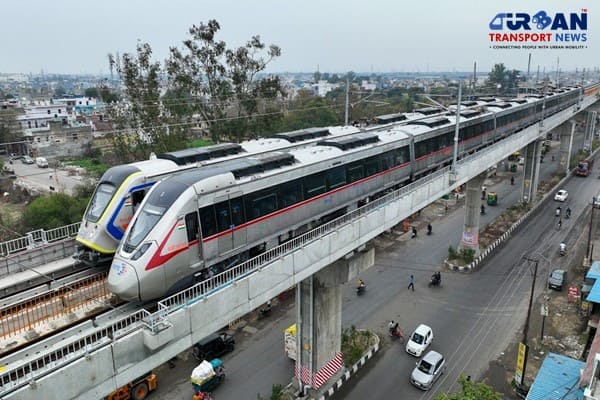 India Makes History: Namo Bharat RRTS and Meerut Metro to Run on Same Track
India Makes History: Namo Bharat RRTS and Meerut Metro to Run on Same Track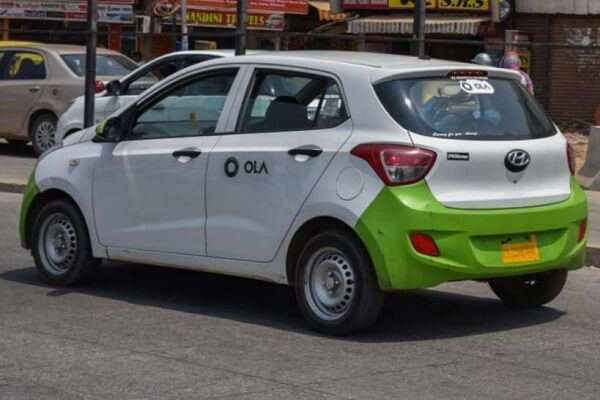 How the Standard for Car and Truck Wheels Is Changing
How the Standard for Car and Truck Wheels Is Changing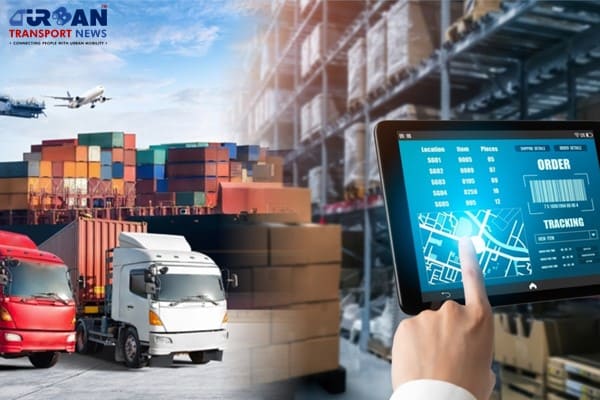 How Cross-Docking Is Reshaping Urban Logistics
How Cross-Docking Is Reshaping Urban Logistics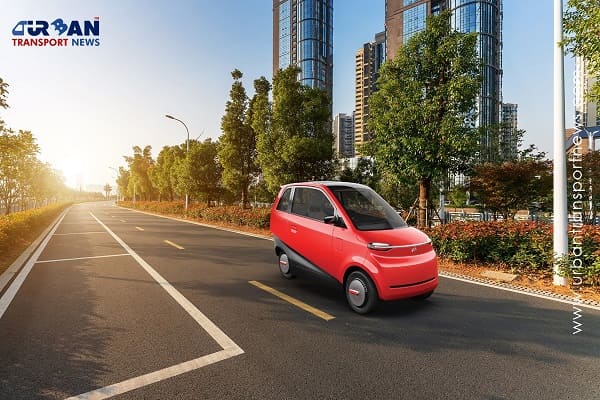 Ola, Uber Fares Set at 50% Minimum; Bike Taxis Legalised Under New Guidelines
Ola, Uber Fares Set at 50% Minimum; Bike Taxis Legalised Under New Guidelines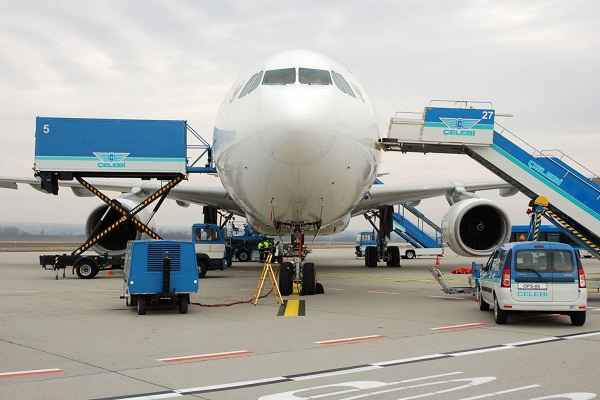 India to review Celebi Aviation contracts amid National Security concerns
India to review Celebi Aviation contracts amid National Security concerns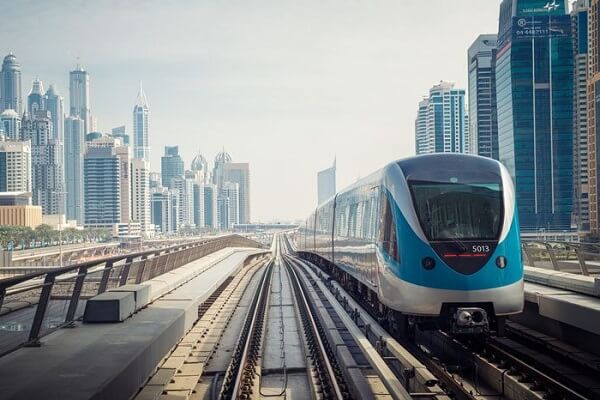 The AI Revolution in Brand Communication: A Dubai Perspective
The AI Revolution in Brand Communication: A Dubai Perspective
Atal Setu (MTHL) – Unveiling the marvel connecting Mumbai and Navi Mumbai
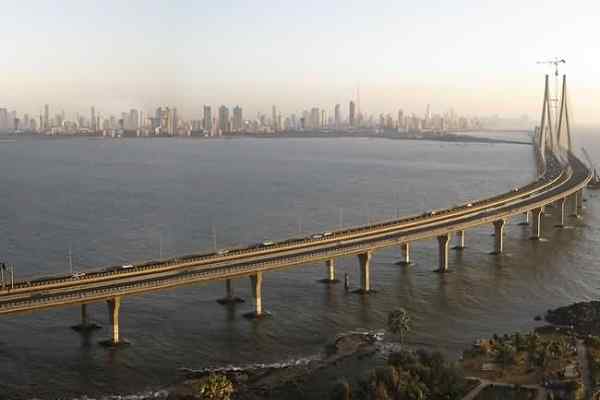
The Mumbai Trans Harbour Link (MTHL), also known as the Sewri–Nhava Sheva Trans Harbour Link and officially named the Shri Atal Bihari Vajpayee Trans Harbour Link (Atal Setu), is a 21.8 km 6-lane access-controlled elevated road bridge connecting Mumbai to its satellite city, Navi Mumbai. As the longest sea bridge in India and the world's 12th longest sea bridge, it spans from Sewri in South Mumbai, crosses Thane Creek north of Elephanta Island, and concludes at Chirle near Nhava Sheva in Uran taluka. The road integrates with the Mumbai–Pune Expressway in the east and the under-construction Coastal Road in the west. Featuring a 6-lane highway with a width of 27 meters, including two emergency exit lanes, an edge strip, and a crash barrier, the project is projected to cost ₹17,843 crore (US$2.2 billion).
The Mumbai Trans Harbour Link (MTHL) is inaugurated by Indian Prime Minister Narendra Modi on January 12, 2024. The Mumbai Metropolitan Region Development Authority (MMRDA), which is executing this ambitious project, anticipates a daily usage of 70,000 vehicles once the bridge opens for the public. An exciting revelation on January 4, 2024, showcased the toll rates: Rs. 250 for a single trip, Rs 375 for a return journey, Rs 625 for a day pass, and Rs 12,500 for a monthly pass.
Timelines
- 1972 – First proposed
- 1981 – Recommendation by JRD Tata
- 1984 – Approved by Prime Minister's Office (PMO)
- 2004 – Project revived
- 2008 – RInfra “won” the contract but later cancelled
- 2015 – Project revived
- 2016 - PM Narendra Modi Laid Foundation Stone
- 2017 – Contract awarded
- 2024 – PM Modi inaugurates the Atal Setu (MTHL)
Historical Journey – From Inception to Reality
Foundation Stone
The genesis of the Atal Setu project dates back to the 1990s, with persistent efforts to bring it to fruition. In December 2016, Prime Minister Narendra Modi laid the foundation stone, setting the stage for the monumental task. The construction, executed by L&T and Tata Projects, commenced in April 2018, divided into three civil packages.
Key Financer
The Japan International Cooperation Agency (JICA) has played a pivotal role, financing a total of Rs 15,166.55 crore (85% of the project). The 31st of March 2017 witnessed the release of the first tranche, amounting to Rs 7,910 crore ($1.22bn). The second tranche, amounting to Rs 4,262 crore and the third tranche amounting to Rs 1,927 crore were released on 27th March 2020 and 27th February 2023 respectively.
Key Project Metrics
- Total Estimated Cost: Rs. 17,843 crore
- Total Project Length: 21.80 km
- Height from sea level: 15 meters
- Width: 27m
- Lanes: 6
- Bridge Length: 18.187 km
- Material: Concrete & Steel
- Chief Lender: Japan International Cooperation Agency (JICA)
- Owner: Mumbai Metropolitan Region Development Authority (MMRDA)
- Project Model: EPC (Engineering, Procurement and Construction)
- General Consultant: AECOM-Padeo-Dar Al Handasah-TYLIN Consortium
- Major Contractors: L&T Ltd., IHI Corporation, Tata Projects, Daewoo E&C, Strabag and EFKON India
Planning and Development
Transport Vision of the 1960s
Transportation and traffic planning for Greater Bombay (now Mumbai) took a significant step in the mid-1960s. Wilbur Smith and Associates (WSA) presented an extensive report, proposing projects to address the city's evolving needs. Among these proposals was the concept of a sea link known as the Uran Bridge. However, uncertainties about its feasibility led to further studies and delayed implementation.
First Attempt: 2004
In 2004, the first concrete attempt to materialize the sea link emerged. Infrastructure Leasing & Financial Services (IL&FS) proposed a build, own, operate, and transfer (BOOT) model. However, the proposal faced sidelining by the Government of Maharashtra, paving the way for subsequent endeavors.
Second Attempt: 2005
A renewed effort in 2005 saw the Maharashtra State Road Development Corporation (MSRDC) inviting bids. Ambani brothers' submissions were deemed unrealistic, leading to a consortium, including Reliance Energy and Hyundai Engineering & Construction, winning the bid in February 2008. Yet, skepticism loomed over the viability of the low concession period.
Third Attempt: Government Intervention
In 2008, fresh bids were solicited, but none of the 13 interested companies submitted proposals. Political conflicts and bureaucratic hurdles slowed progress. Ultimately, the Mumbai Metropolitan Region Development Authority (MMRDA) took the reins, bringing the project back on track.
Fourth Attempt: Techno-Economic Feasibility
The MMRDA enlisted Arup Consultancy Engineers and KPMG in 2011 for a techno-economic feasibility study. Proposed as a public-private partnership (PPP) model, the project gained clearance in 2012. Environmental considerations and bureaucratic processes followed, leading to coastal regulation zone clearance in 2013.
The Final Stretch
The Department of Economic Affairs (DEA) granted in-principle approval in October 2012, with a recommended viability gap funding (VGF) of ₹1,920 crore and a concession period of 35 years. The project faced challenges, including height adjustments demanded by the Jawaharlal Nehru Port Trust (JNPT) and the withdrawal of bidders in 2013. The MMRDA shifted to a cash contract basis, securing government support and approval from the empowered committee and Finance Minister.
PPP to EPC model
In August 2013, the Mumbai Metropolitan Region Development Authority (MMRDA) shifted from the public-private partnership (PPP) model to the engineering, procurement, and construction (EPC) model for the Mumbai Trans Harbour Link (MTHL) project. This decision prompted interest from the Japan International Cooperation Agency (JICA) to fund the project. The MTHL faced a setback in April 2015 when the forest advisory committee (FAC) of the Ministry of Environment, Forest and Climate Change withheld clearance due to concerns about mangrove and flamingo habitats. Despite the hurdle, the project received clearance from the Maharashtra Coastal Zone Management Authority (MCZMA) in November 2015. Subsequent clearances from the Forest Advisory Committee (FAC) and the Experts' Appraisal Committee (EAC) in January 2016, along with JICA's agreement to provide 80% of the project's funding in February 2016, marked significant progress. JICA's formal approval in May 2016 and final environmental clearance from the State Forest Department in May 2017 paved the way for the project's continuation.
Cost Escalations
The Mumbai Trans Harbour Link (MTHL) has experienced multiple cost escalations over the years. Initially estimated at ₹4,000 crore in 2005, the cost increased to ₹17,843 crore by April 2017. This surge included various components like ₹70 crore compensation to fishermen, ₹45 crore for noise barriers, a ₹25 crore deposit to the mangrove fund, another ₹25 crore for compensatory mangrove restoration, and a mandatory ₹335 crore for an environment management program. The Mumbai Metropolitan Region Development Authority (MMRDA) paid a total compensation of ₹380 crore to affected fishermen during the construction. Japan International Cooperation Agency (JICA) funded 85% of the total cost through a loan, with the first tranche disbursed in March 2017. The MMRDA expected a 6% reduction in costs due to a lower GST rate, but the COVID-19 pandemic and design changes led to a 5-15% escalation, bringing the total estimated cost to ₹17,843 crore in September 2021.
Unraveling the Design & Alignment
Aesthetic Marvel Across Mumbai’s Harbour
The Mumbai Trans Harbour Link, a six-lane expressway bridge, will gracefully traverse Mumbai’s harbour, navigating through Sewri mudflats, Pir Pau Jetty, and Thane Creek channels. Noteworthy features include:
- A three-level interchange at the Sewri-end, connecting with the Sewri-Worli Elevated Corridor and Eastern Freeway.
- Interchanges at Shivaji Nagar and Chirle on the Navi Mumbai-end.
Engineering Excellence in Motion
This concrete bridge seamlessly integrates a 4 km steel span section, providing ample clearance for ships to glide underneath. Spanning from 100m to 180m, the bridge's lanes boast a width of 3.5 meters, complemented by 2.5-meter wide shoulders on each side and a 0.75m median shoulder. The recommended speed limit stands at 100 kmph.
Cutting-Edge Technology for Seamless Transit
MTHL incorporates an Intelligent Transport System (ITS) and other marine bridge necessities. A sophisticated traffic control center, equipped with CCTV cameras, oversees and manages traffic conditions. Variable Message Signs (VMS) strategically placed along the stretch provide essential information for commuters.
Environmental Harmony in Focus
To fulfill environmental criteria, noise barriers near the Sewri mudflat and view barriers at Bhabha Atomic Research Centre (BARC) are integral components of the bridge's design.
Major Architects behind this vision
Meticulous Division of Responsibilities
In orchestrating this symphony, the MMRDA appointed a consortium comprising AECOM Asia Co. Ltd., Padeco India Pvt. Ltd, Dar Al-Handasah, and T. Y. Lin International as the general consultant. Their role encompassed a spectrum of activities, from organizing pre-bid meetings to ensuring the quality of work.
The project's complexity is evident in its division into three civil packages and one system package. Notable contractors include:
Package 1: Sewri Interchange Segment
- Length: 10.38 km (Sewri up to Marker)
- Contractors: Larsen and Toubro Ltd (L&T) - IHI Corporation JV
- Cost: ₹7,637.3 crore (US$960 million)
Package 2: Shivaji Nagar Segment
- Length: 7.807 km (Marker 10.38 km up to Step 18.187 km)
- Contractors: Tata Projects Ltd - Daewoo E&C JV
- Cost: ₹5,612.61 crore (US$700 million)
Package 3: Chirle Viaduct and Interchanges
- Length: 3.613 km (18.187 km to NH-4B at Chirle)
- Contractor: Larsen and Toubro Ltd (L&T)
- Cost: ₹1,013.79 crore (US$130 million)
Package 4: Intelligent Transport System
- Components: Toll management, street lighting, electrical works, toll plazas, and administrative buildings
- Contractor: Strabag - EFKON India JV
- Cost: ₹526 crore (US$66 million)
Major Connectivity
The Mumbai Trans Harbour Link (MTHL) features three strategically located interchanges, enhancing connectivity and facilitating smoother transportation.
Sewri Interchange
The MMRDA has developed a 1.5 km long cloverleaf interchange at Sewri, situated on a 27-acre plot leased from the Mumbai Port Trust. This interchange seamlessly integrates with the Eastern Freeway, Messant Road, and the proposed Sewri–Worli elevated road. The latter, known as the Sewri–Worli connector, is a four-lane, 4.512 km long cable-stayed bridge designed to link the Bandra–Worli Sea Link and the MTHL. The Sewri–Worli connector project faced delays but resumed in 2020, with construction underway and an expected completion by the end of 2024.
Shivajinagar Interchange
The Shivajinagar interchange establishes a crucial connection between the MTHL and key destinations such as the Navi Mumbai International Airport, Jawaharlal Nehru Port, and local roads. Specifically designed to facilitate the future Ulwe Coastal Road, this interchange plays a pivotal role in enhancing accessibility between Ulwe and the MTHL.
Chirle Interchange
The Chirle interchange serves as a vital link connecting the MTHL with the Mumbai–Pune Expressway. It also provides connectivity to Jawaharlal Nehru Port Trust (JNPT) and Panvel. The interchange, extending to link with the under-construction Navi Mumbai International Airport, establishes a direct connection with the Mumbai–Pune Expressway and enhances overall accessibility in the region.
These well-planned interchanges contribute to the MTHL's efficiency in connecting Mumbai with Navi Mumbai and beyond, fostering regional development and easing traffic congestion.
Toll Rates
In 2012, the Mumbai Metropolitan Region Development Authority (MMRDA) initially proposed toll rates for the Mumbai Trans Harbour Link (MTHL), ranging from ₹175 for cars to ₹790 for multi-axle vehicles. However, the Japan International Cooperation Agency (JICA), the primary funding source, suggested higher tolls in 2016. The toll rates, expected to rise due to cost escalations, were revised by the Government of Maharashtra in January 2024, setting them at ₹250 for one-way travel from Mumbai to Navi Mumbai and ₹375 for return journeys. This marked a reduction from the earlier plan of ₹500. The toll collection, utilizing an Open Road Tolling (ORT) system, is slated to continue until 2045, with gradual decreases in rates over time as the MTHL accommodates a growing number of vehicles.
Future Prospects
With construction in the rearview mirror, the project now shifts focus to Operations & Maintenance. As of December 2023, two bids have been submitted for the Operations & Maintenance Contract, with the Project Management Consultant (PMC) bidding process currently underway.
In conclusion, the Mumbai Trans Harbour Link emerges as a testament to engineering prowess, seamlessly connecting two bustling cities. As we eagerly await its grand unveiling in January 2024, the Atal Setu stands as an iconic landmark, symbolizing progress and connectivity in the heart of Maharashtra.





